10 Decluttering Projects You Can Do in 30 Minutes or Less
Don’t stress about the mess – just take one worktop or bookcase at a time
Facing a cluttered space can feel disheartening – who has the time (or, frankly, the desire) to spend all day clearing clutter? But the thing is, making progress towards a clean, clutter-free space doesn’t have to be something you devote an entire day to. Instead, by carving out bite-size chunks of time to work on clearly defined tasks, you can get the serene space you deserve in a way that also works with your schedule. Here are 10 quick ways to get started.
Need a pro for your interior design project?
Let Houzz find the best pros for you
Let Houzz find the best pros for you
2. Clear the kitchen worktop
The kitchen worktop is such a common dumping ground for all sorts of stuff: school notices, rubber bands, shopping bags, receipts, to-do lists and on (and on).
Set your timer and get to work – recycle unneeded papers and put away items that belong elsewhere. If you need a drop-spot on the worktop, make it a clearly defined zone to prevent clutter sprawl in the future: try a bowl for pocket change and a tray or basket for post.
The kitchen worktop is such a common dumping ground for all sorts of stuff: school notices, rubber bands, shopping bags, receipts, to-do lists and on (and on).
Set your timer and get to work – recycle unneeded papers and put away items that belong elsewhere. If you need a drop-spot on the worktop, make it a clearly defined zone to prevent clutter sprawl in the future: try a bowl for pocket change and a tray or basket for post.
3. Free up space under the kitchen sink
When was the last time you really looked under your kitchen sink? This area tends to become a storehouse for random cleaning products, plastic bags and jumbled tools.
First, pull everything out and give the cupboard itself a clean. Next, replace only the items you actually use, that are full and are in good condition. Recycle empty containers, take bags to a plastic bag recycling drop-off (available at many supermarkets) and move less-often used tools elsewhere.
Think you might need some support to declutter? Find professional organisers on Houzz.
When was the last time you really looked under your kitchen sink? This area tends to become a storehouse for random cleaning products, plastic bags and jumbled tools.
First, pull everything out and give the cupboard itself a clean. Next, replace only the items you actually use, that are full and are in good condition. Recycle empty containers, take bags to a plastic bag recycling drop-off (available at many supermarkets) and move less-often used tools elsewhere.
Think you might need some support to declutter? Find professional organisers on Houzz.
4. Make your bedside table an oasis of calm
Why make a cluttered surface the last thing you see before bed and the first thing you lay eyes on in the morning?
Clear away the toppling piles of books, scribbled notes and old water glasses, and wipe away the coffee rings – it’s time for a fresh start. Replace only your current reading, a journal and pen, and perhaps a candle or a small vase of flowers.
Why make a cluttered surface the last thing you see before bed and the first thing you lay eyes on in the morning?
Clear away the toppling piles of books, scribbled notes and old water glasses, and wipe away the coffee rings – it’s time for a fresh start. Replace only your current reading, a journal and pen, and perhaps a candle or a small vase of flowers.
5. Winnow your wardrobe, one drawer at a time
Rather than attempting to tackle all your clothes storage in one go, set your timer for 30 minutes and start with a single drawer. Keep working your way through your clothes, one drawer at a time, until the timer goes off.
Keep two empty bags or bins by your side as you sort, placing quality clothes in good repair in one bag to sell (or donate), and worn-out clothes in the other bag (so you can drop them in a textile recycling bank).
More: Do These 7 Things to Get an Organised Wardrobe
Rather than attempting to tackle all your clothes storage in one go, set your timer for 30 minutes and start with a single drawer. Keep working your way through your clothes, one drawer at a time, until the timer goes off.
Keep two empty bags or bins by your side as you sort, placing quality clothes in good repair in one bag to sell (or donate), and worn-out clothes in the other bag (so you can drop them in a textile recycling bank).
More: Do These 7 Things to Get an Organised Wardrobe
6. Simplify the linen cupboard
Do you know how many sets of sheets and towels you own? If you’ve been accumulating linens for years without purging the old ones, chances are your cupboard is full – or overstuffed.
Take this 30-minute session to sort out your household linens, setting aside your least favourite (or most frayed) sets to take to a textile recycling bank or a charity shop, though check the acceptable donation guidelines first as these can vary. For instance, some may accept tea towels but not bath towels.
Do you know how many sets of sheets and towels you own? If you’ve been accumulating linens for years without purging the old ones, chances are your cupboard is full – or overstuffed.
Take this 30-minute session to sort out your household linens, setting aside your least favourite (or most frayed) sets to take to a textile recycling bank or a charity shop, though check the acceptable donation guidelines first as these can vary. For instance, some may accept tea towels but not bath towels.
7. Organise art supplies
Whether you have children at home or are an artist or crafter yourself, the art supply cupboard is bound to get messy. Throw away or recycle empty containers and dried-up markers, and neaten up what’s left. If the cupboard still feels too packed, consider offloading a bag full of art supplies to donate to a local school or community centre.
Whether you have children at home or are an artist or crafter yourself, the art supply cupboard is bound to get messy. Throw away or recycle empty containers and dried-up markers, and neaten up what’s left. If the cupboard still feels too packed, consider offloading a bag full of art supplies to donate to a local school or community centre.
8. Sort out the toy box
Half an hour isn’t nearly enough time to go through a child’s entire room, but it should be adequate for clearing out one particularly messy toy box or drawer.
First, remove all the toys to an area where you have some room to spread out. Put toys that obviously belong elsewhere back in the right spot (for example, return stray puzzle pieces to the relevant box) and throw or set aside broken items for repair.
Fill a bag with unloved toys and immediately put this in the car – otherwise, the toys are likely to migrate out of the give-away-or-sell bag and back into the toy box!
Half an hour isn’t nearly enough time to go through a child’s entire room, but it should be adequate for clearing out one particularly messy toy box or drawer.
First, remove all the toys to an area where you have some room to spread out. Put toys that obviously belong elsewhere back in the right spot (for example, return stray puzzle pieces to the relevant box) and throw or set aside broken items for repair.
Fill a bag with unloved toys and immediately put this in the car – otherwise, the toys are likely to migrate out of the give-away-or-sell bag and back into the toy box!
9. Remove worn and outgrown children’s clothes
Working through one drawer, shelf or hanging rail at a time, pull out any of your child’s clothes that are too small or too damaged to wear.
If you plan to save items for a younger child, neatly fold them and place them in a bin labelled with the garment size. Place any clothing that’s too worn or damaged to keep or sell in a bag destined for a textile recycling bank.
A note for crafters and quilters: If you’re planning to do a creative, crafty project with those old clothes (such as a baby-clothes quilt or bunting), be mindful about the total quantity you’re saving and select only the most beloved and meaningful items to keep.
Working through one drawer, shelf or hanging rail at a time, pull out any of your child’s clothes that are too small or too damaged to wear.
If you plan to save items for a younger child, neatly fold them and place them in a bin labelled with the garment size. Place any clothing that’s too worn or damaged to keep or sell in a bag destined for a textile recycling bank.
A note for crafters and quilters: If you’re planning to do a creative, crafty project with those old clothes (such as a baby-clothes quilt or bunting), be mindful about the total quantity you’re saving and select only the most beloved and meaningful items to keep.
10. Clear your desktop
The next time you find yourself procrastinating instead of getting your work done, step away from aimless social media scrolling and set the timer for a desk-centred clutter-blasting session instead.
Sort and file important papers, shred and recycle unneeded documents, test the pens in your pen pot, and clear out the drawers. There, doesn’t that feel better?
Tell us…
What would you declutter in 30 minutes or less? Share your thoughts in the Comments.
The next time you find yourself procrastinating instead of getting your work done, step away from aimless social media scrolling and set the timer for a desk-centred clutter-blasting session instead.
Sort and file important papers, shred and recycle unneeded documents, test the pens in your pen pot, and clear out the drawers. There, doesn’t that feel better?
Tell us…
What would you declutter in 30 minutes or less? Share your thoughts in the Comments.



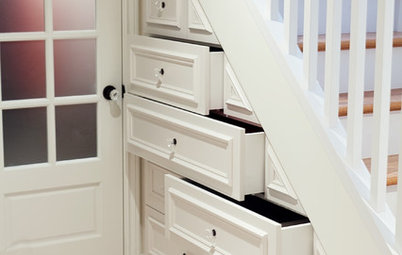


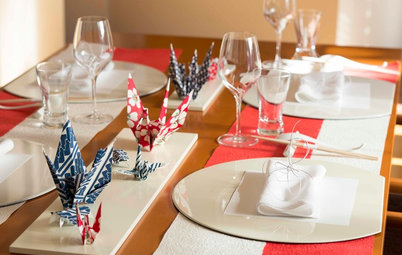
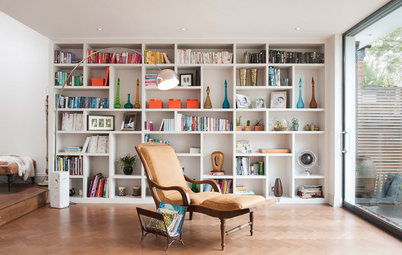
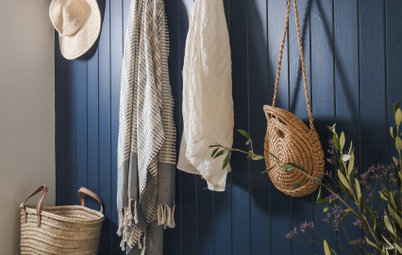

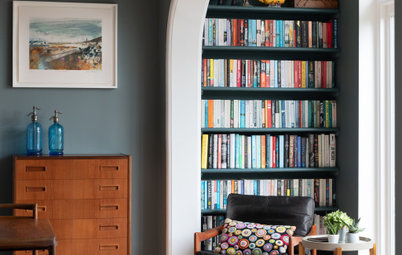
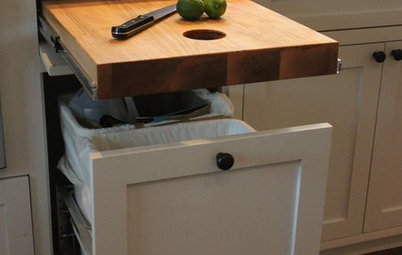
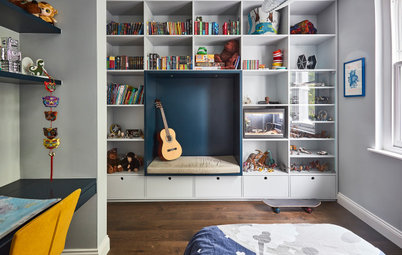


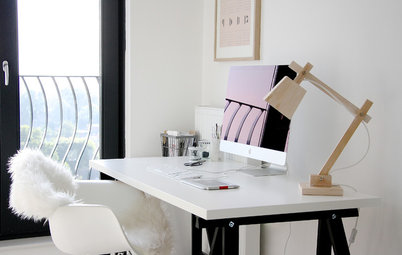

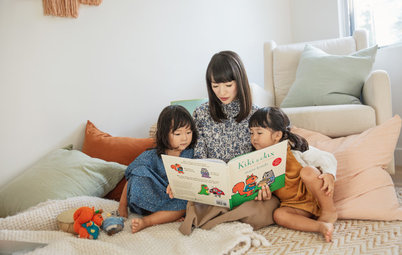

If you have a large book collection spread throughout the house, sorting through all those books at once may not be practical. So start with something more doable instead – such as one bookcase.
Keep an empty box or shopping bag by your side and fill it with books you no longer want or need. When you’ve finished, immediately carry the bag (or bags) to your car and make a plan to drop them off to donate or sell. Here are a few things to consider as you edit: